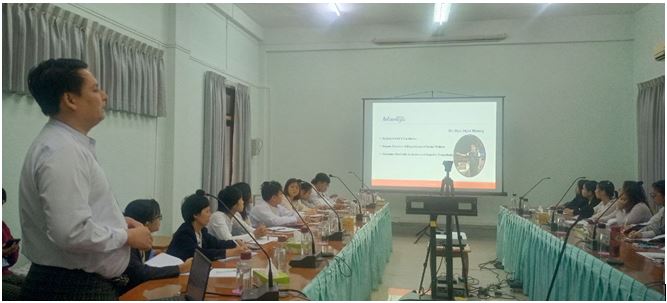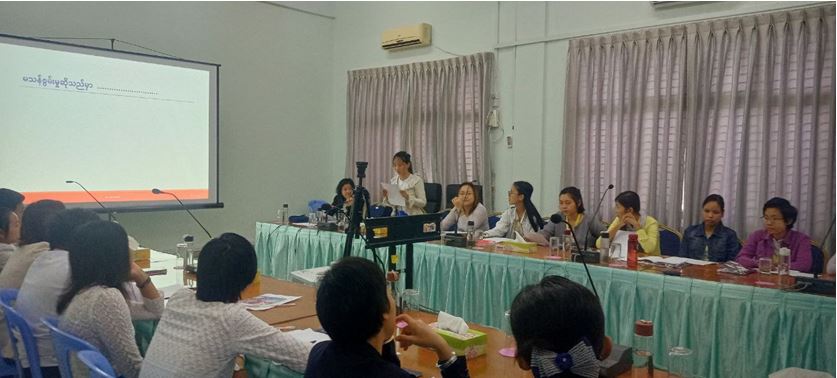National Coordinator
Name:
(Details: see below)
DET Facilitators
(1)
Name: Ms. Yu Ya Thu (Physical)
Organization: Myanmar Myanmar Independent Living Initiative
Tel: 95- 518 2283 / 951- 230 1021
Email: fuyuko2010(at)gmail.com
(2)
Name: Ms. Htoo Htoo (Physical)
Organisation: Shwe Minn Tha Foundation (Myanmar)
Tel: 95 9 5042621 / 95 1 2300329 / 95 1 2159939
Email: smtcoltd93(at)gmail.com
(3)
Name: Dr. Myo Myat Maung (Visual-Blind)
Organization Name: Myanmar Disability Inclusion Fund (MDIF)
Email: drmyomyatmg(at)gmail.com
*Email: Replace (at) with @.
DET Report
Date & Time: 10:00 – 12:30, 14th September 2023
Place: School for Children with Hearing Disabilities, Mandalay
Participants (number, outline): 20 (7 teachers from School for Children with Hearing Disabilities, 3 teachers from School for Children with Special Needs, 3 teachers from School for Children with Visual Disabilities, and 7 family members of children with hearing disabilities)
Facilitator: Myo Myat Maung
Purpose: to make the schools for children with disabilities in Mandalay more Inclusive.
Outline:
All participants actively participated in DET and were interested in the exercises. Some of them knew about the Social Model of Disability, but the most misunderstood impairment as disability.
Comments of DET Facilitator (based on the result of feedback)
- 75% of the participants have changed their view on disability from an individual model perspective to a social model perspective through exercises 1 to 4. They clearly understood disability from the viewpoint of the social model.
- The box-and-star illustration is a very effective tool for helping participants clarify the confusion between integration and inclusion.
- During the exercise on reasonable accommodation, I explained it to them using my experience and encouraged them to share their own experiences, including solutions for coping with work-related issues based on their nature of work.
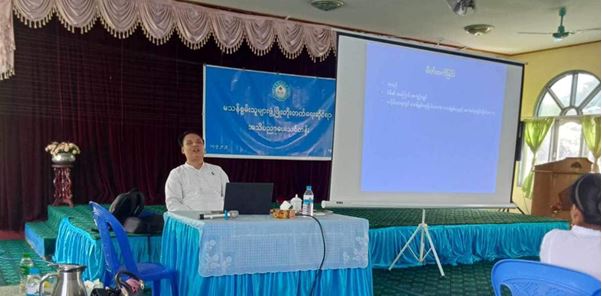
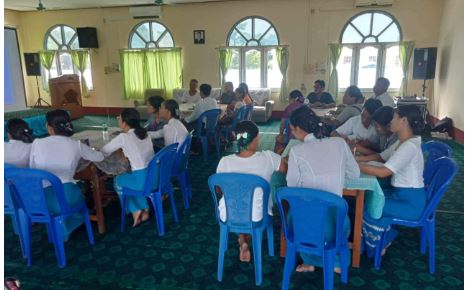
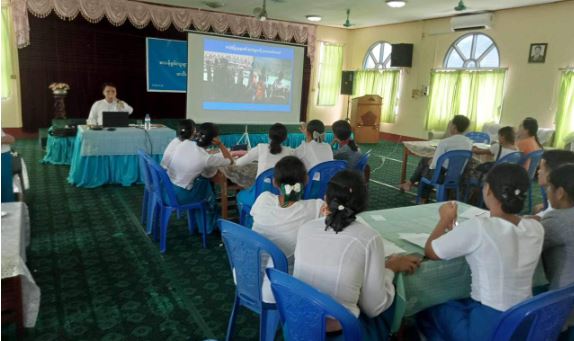
DET Report
Date & Time: 10:00 – 12:30, 21st September 2023
Place: Vocational Training School for Adults with Disabilities
Participants (number, outline): 20 (4 Trainers from a Vocational Training School for Adults with Disabilities, two teachers from a School for Children with Hearing Disabilities, three teachers from a School for Children with Special Needs, two teachers from a School for Children with Visual Disabilities, three teachers from Disabled Care Center, two staff members from ICT Training Center, and two trainers and two trainees from Association of Aids and Relief (Japan))
Facilitator: Myo Myat Maung
Purpose: to make the schools for persons with disabilities in Yangon more Inclusive.
Outline:
All participants enjoyed the DET and actively participated in all of the exercises. Some of them knew about the Social Model of Disability, but the most misunderstood impairment as disability.
Comments of DET Facilitator (based on the result of feedback)
- Through exercises 1 to 4, a significant majority of the participants have shifted their perspective on disability, transitioning from an individual model viewpoint to a social model viewpoint. Their comprehension of disability from the social model standpoint is evident.
- The box-and-star illustration is a very effective tool for helping participants clarify the confusion between integration and inclusion.
- During the exercise on reasonable accommodation, I explained it to them using my experience and encouraged them to share their own experiences, including solutions for coping with work-related issues based on their nature of work.
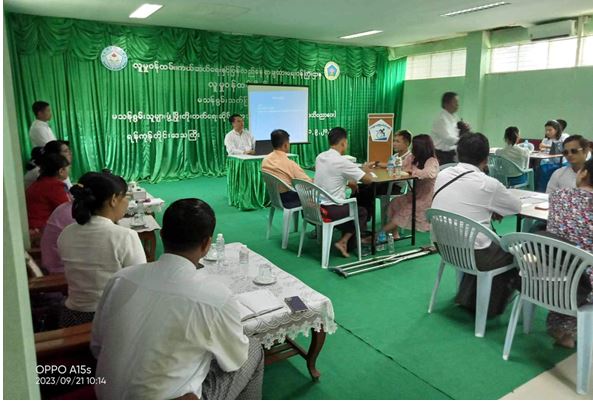
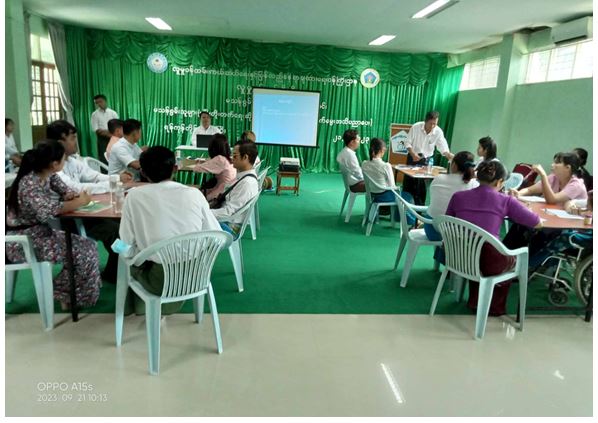
DET Report
Date & Time: 1 December 2023, 10:00–15:00, including two 15-minute coffee breaks and one-hour lunchtime
Place: Headquarters, Department of Social Welfare, Myanmar
Participants (number, outline): 20 staff members (4 from the Admin & Finance Division, 4 from the Child & Youth Division, 4 from the Women Development Division, 3 from the International Relations, Planning & Statistical Division, 3 from the Social Protection Division, and 2 from Case Management & ICT Division)
Facilitator: Myo Myat Maung
Purpose: to incorporate the work of the Department of Social Welfare in Myanmar into disability-inclusive initiatives.
Outline:
Every participant in the Disability Equality Training (DET) enthusiastically engaged and showed genuine interest in the exercises. While some already had knowledge of the Social Model of Disability, there was a prevalent misconception among many regarding the conflation of impairment with disability.
- Through exercises 1 to 4, a significant majority (90%) of the participants shifted their perspective on disability from an individual model to a social model. They gained a clear understanding of disability from the standpoint of the social model. However, it was only after familiarizing themselves with the explanation of disability outlined in Article 1 of the UNCRPD that all participants achieved a thorough comprehension of the social model of disability.
- The utilization of the box-and-star illustration proves highly effective in assisting participants in distinguishing and clarifying the distinction between integration and inclusion.
- During the “Listen to User’s Voices” segment, I effectively conveyed the importance of this concept by presenting a practical example from my country. I highlighted a government project wherein reasonable accommodations, such as wheelchair ramps and tactile blocks for the visually impaired, were installed in Myoma Market and Fountain Garden. However, these accommodations were not fully accessible due to the failure to consider and incorporate the input and voices of individuals with disabilities.
- During the exercise focusing on reasonable accommodation, I shared my personal experience to explain the concept. This included discussing strategies and solutions for addressing work-related challenges.
